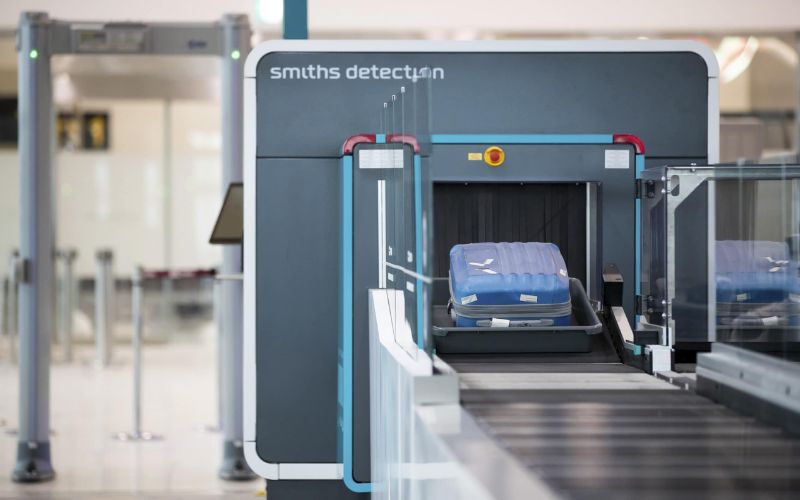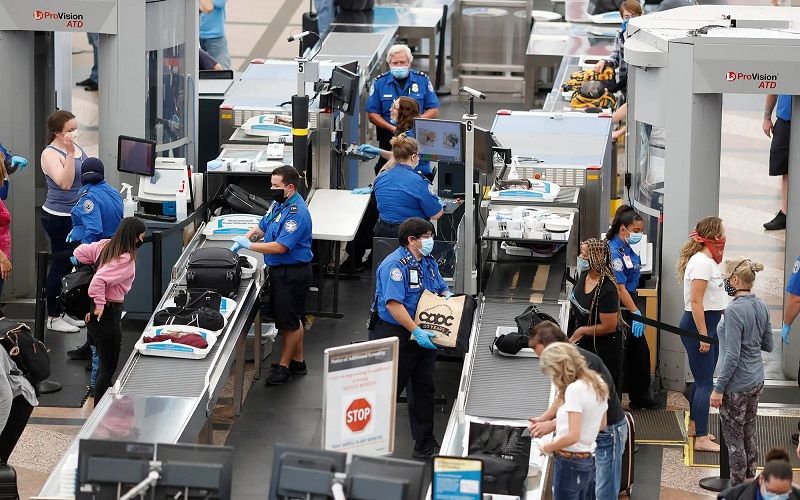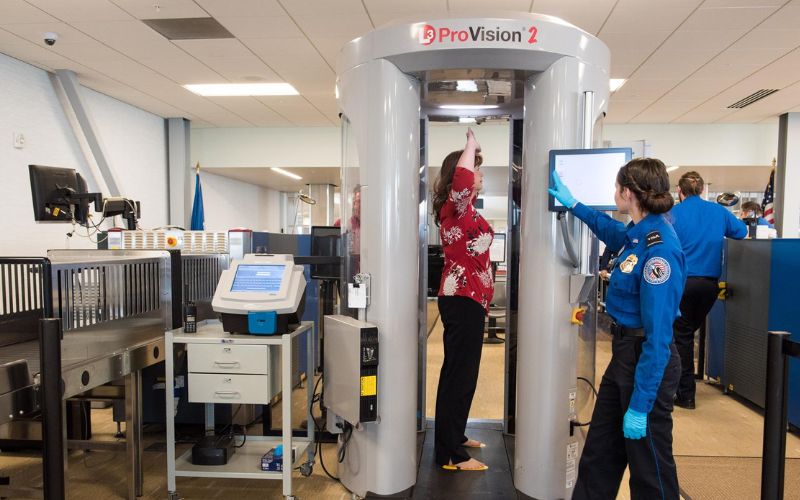Airport security has come a long way, from the introduction of meal detectors to full-body scanners. The evolution of airport security has been ongoing. It all happens for some incidents and to ensure the passenger’s safety and prevent terrorist attacks.
In the article, you will know about the airport security history and current measures and what changes are expected in the future.

The Need for Airplane and Airport Security
Early age, there wasn’t any significant security in the airports. People could freely walk into the gate, and no lines were present to get through the boarding gates. Due to the low security, the hijacking increased dramatically.
The first airplane hijacking occurred in 1955 in the USA, but that was ignored by the authorities, which led to a series of hijackings. In USA airspace, 159 aircraft hijacking cases were registered from mid-1961 to the end of 1972.
When the series of hijackings started, the first security measure was introduced in 1961, which was a simple addition of armed guards. They only provide security when the FBI or airlines request it.
When the number of hijacking cases increased, the FAA (Federal Aviation Administration) introduced incognito Air marshals on commercial flights. But, it cannot stop the illegal activities on the airlines.
Many airplanes crashed due to several bomb attacks in 1972, which led to the FAA starting its canine program. After those incidents, the FAA realized the importance of passenger inspection and started it with metal detectors. But, in 1988, around 259 passengers died from a bomb located in a cassette player. Then, the United States security department introduced X-ray scanning of passengers’ luggage.
For this, major airports like Phoenix Sky Harbor Airport are getting larger for proper inspection and cutting traffic. An airport like this has two or more terminals, making you a little bit confused about finding your desired place. For this, Terminals map Phoenix Sky Harbor Airport can help you locate your place.

The immediate aftermath of 9/11 on Airport Security
The historical change occurred in airport security since the September 11, 2001, terrorist attacks. The airport security system aimed only to prevent illegal activity and smuggling rather than terrorism before 9/11. But, everything changed in the United States and around the world after the World Trade Center and the Pentagon terrorist attack.
After the attack, the United States government immediately created the TSA (Transportation Security Administration). To create the TSA, the Aviation and Transportation Security Act was passed on November 19, 2001, by the 107th congress and President George W. Bush.
This department’s main aim was to develop and implement security measures to protect the nation’s transportation system. In order to better protect air travel in the United States, TSA created uniform policies.
But, in 2001, again, a terrorist named Richard Reid attempted to use a shoe bomb. After the incident, the TSA authority introduced the role of show inspections within a day.
Implement full body scanner

The Transportation Security Administration (TSA) implemented full-body scanners at airports to improve security and detect explosives and hidden weapons on passengers. These scanners use advanced technology, such as millimeter wave or backscatter imaging, to create detailed images of a person’s body.
The TSA began installing full-body scanners in airports in 2010, several years after it was first introduced in 2007. In addition to full-body scanners, TSA introduced a passenger prescreening program in 2013. This program uses government and private databases to gather information on passengers before they arrive at the airport.
This information identifies and flags potential security risks, allowing TSA agents to focus on higher-risk passengers. But, in the same year, an agency employee was first killed when he was on duty in the history of TSA.
No-fly List
Another significant change that occurred after 9/11 was the no-fly list. The no-fly list lists people who are not permitted to board commercial airlines due to security concerns. The no-fly list was relatively small before 9/11, but it has since grown to include thousands of people.
Also, when British officials stopped a bomb plot utilizing liquid explosives in 2006, the TSA temporarily banned all liquids. But, later, TSA changed the rule and changed the ban to a limit, which was 3 oz in volume.


![]() 6 minutes
6 minutes